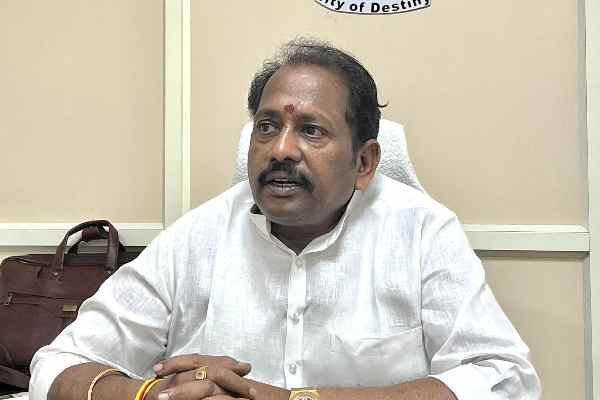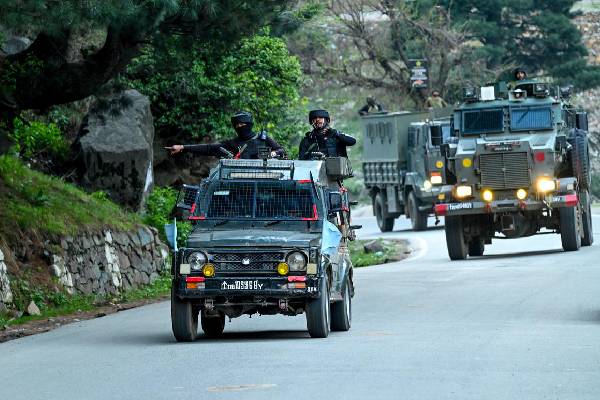Chief minister N Chandrababu is visiting Pedalabudu panchayat on October 12. He adopted this village to develop ostensibly to transform it and make it part of the so called ‘knowledge society’. Padalabudu is a backward tribal village, little known outside Araku Valley. It is a different matter, for quite some the village had been in the news few years back and many political observers believe that there is a connection between the uneasy activity that brought the village into limelight between 2008 and 2010, and Naidu’s idea to adopt the remote village in Visakhapatnam district.
The connection is bauxite, they say. The Pedalabudu falls in the bauxite area, which witnessed a revolt against the bauxite exploitation during Congress regime, when YSR was chief minister. Naidu, as opposition leader, visited the bauxite areas in the forest and extended support to the tribal people. Strange are the ways of the politicians. In 2014, chief minister Naidu made it publich that he was for excavating the bauxite and wants to use the proceeds that accrue to the state in the form of cess or other taxes, for the construction of capital Amaravati. Insiders confided in Telugu360.com that Naidu is banking on the two sources to fund the capital construction – Red Sanders and Bauxite. the adoption of this village brings two things close to the innocent tribals – 1. modern development and 2. security forces, both can be used to pacify the resistance among tribal people.
It was on the day of celebration of 66th anniversary of Republic day of India (January 26,2015) in Vizag, district collector Yuvraj revealed that chief minister Chandrababu Naidu had adopted Pedalabudu panchayat. He has not visited the village so far. People also forgot the news. Now it was officially scheduled that Naidu was visiting the village on October 12.
About Pedalabudu: Pedalabudu is located in Araku mandal of Visakhapatnam district. The mandal is on the boarder of the district with Koraput area of Odisha state. Pedalabudu is surrounded by Dumbriguda Mandal towards west , Ananthagiri Mandal towards East , Hukumpeta Mandal towards South , Pottangi Mandal towards North Salur , Sunabeda , Koraput , Bobbili are the nearby towns- a mineral rich area.
History of Resistance: In 2008 the village was one of the hot-spots of resistance to bauxite excavation in the area. The Adivasis from Doliguda, Guardguda, Bistumguda and many Gudas of the Pedalabudu panchayat raised banner of revolt against the decision to construct bauxite stockyard to store the ore excavated from the nearby bauxite mines. The stock yard was planned in about 100 acres. The people organized a two-week long ‘Girijana Garjana’ which resolved to resist the plan to set up the stockyard and consequent dislocation of tribal people from the area. Though ” Garjana” did not attract much attention of the mainstream idea, it was one of the key moments in the fight by indigenous people against bauxite exploitation.
The stock point was chosen at a most picturesque location near Similiguda, the highest broadway railway line in the country. The tribal people adopted a resolution, which said in unequivocal terms, that they would not want to leave the place come what may and would not allow their hills, forest and the brooks get destroyed by the mining activities. The village is nearest point to Bauxite deposits leased out to Jindal South West Alluminium.
This time Naidu himself seems to have taken the responsibility of convincing the people to agree for the bauxite mining, which, in his view, is necessary to make Andhra Pradesh most advanced state by 2019. Now we have to see if the tribal people would fall silent for the Naidu’s developmental plan or continue to resist the mining operation to preserve their unique habitations nestled in the scenic location at one of the highest hill points in South India.


































